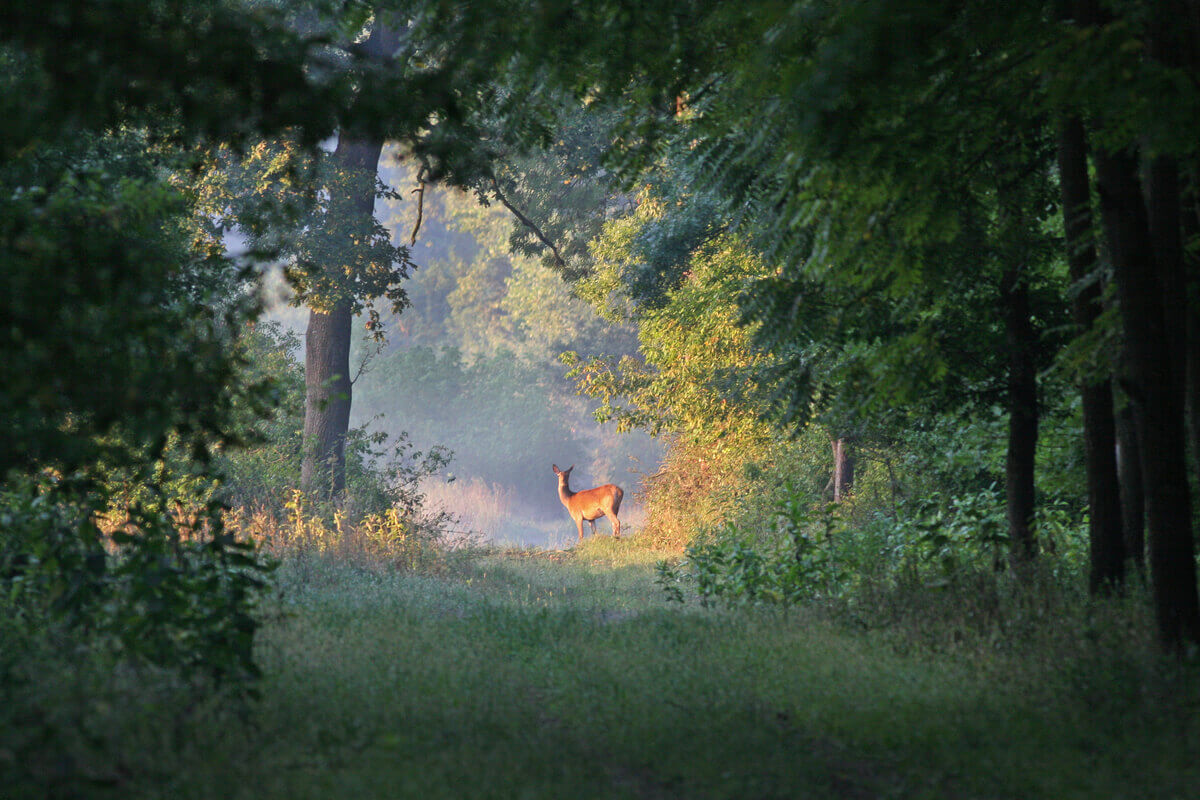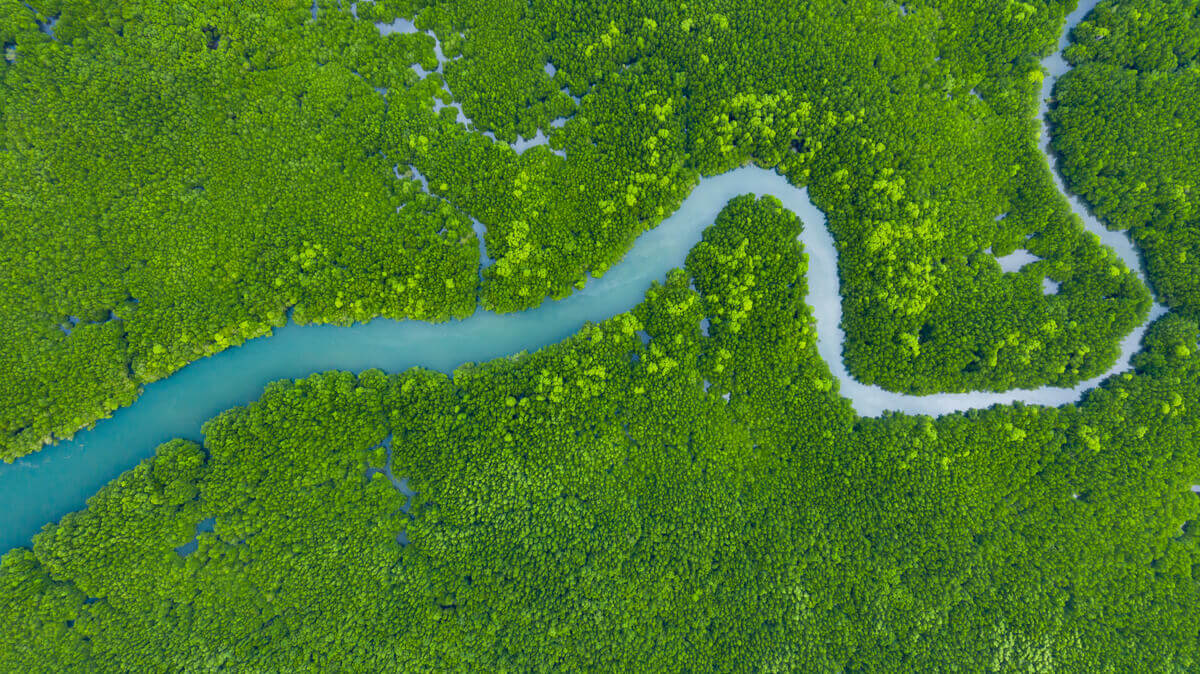Ecological Succession: Do You Know What it Is?

What do volcanic eruptions, hurricanes, forest fires, tsunamis, and extensive agriculture have in common? Well, they’re all a starting point for a process known as ecological succession.
In simple terms, ecological succession is the expression of the force of nature. It refers to the constant process of change and restructuring that all ecosystems undergo. Thanks to these changes, each ecological niche experiences the progressive replacement of the organisms that make it up.
The term succession refers to the replacement, over time, of some species by others. To address this issue, it’s essential to evaluate the interactions between different species that share a habitat.
The elements that participate in ecological succession
Being an integrative phenomenon, ecological succession encompasses the biotic factors (living beings) and abiotic factors (atmospheric conditions) of an ecosystem.
Although botanists originally developed these theories, they’ve extended to the understanding of the dynamics of fauna as well. What’s more, ecological succession also applies to microbial communities.

Types of ecological succession
Furthermore, if the succession involves the occupation of a “new house”, that is, colonizing a new habitat without the influence of pre-existing communities, then it’s called primary succession. On the other hand, if succession leads to the disruption of a pre-existing community, then it’s called secondary succession.
Generally speaking, there are two basic circumstances that can lead to ecological succession:
- Firstly, the occupation of a new and unoccupied habitat.
- Secondly, the transformation of a niche that experiences changes induced by a disturbing event.
The phases of an ecological succession
There are several phases that make up the phenomenon of ecological succession. We’ll show them to you below:
1. Nudation
The initial phase begins with the formation of an uncovered or malnourished area. It originates from events such as an eruption, flooding, erosion, and other catastrophic events. Additionally, it can also occur by the hand of man: stone extraction, hydrofracking, fires, the construction of reservoirs, etc.
2. Invasion
In this phase, pioneer species arrive in the area, creating the basis for other living beings to live there. The invasion includes the following three steps:
- Dispersal or migration of the seeds or spores of the invasive species.
- Diocese or germination of migrated plant species in the new area. It includes the growth of seedlings and also the beginning of the reproduction of adult plants.
- Aggregation: The successful immigrants of a species increase their numbers by reproduction and establish a large population in the area, thus forming a pioneer community.
3. Competition and reaction
Thriving species compete among members of the same species for space and nutrition (intraspecific competition). Also, they compete with individuals of other species that may enter the area (interspecific competition). Installed species form a serial community as a result.
Little by little, the environment modifies and becomes inadequate to support all organisms. Sooner or later, new invaders replace the species–generally animals more specialized in taking advantage of the habitat’s resources.

4. Stabilization
Finally, the community reaches a stage of stability and will remain stable under the current conditions. The ecosystem reaches a wide diversity of species that are well-distributed and represent complex food chains.
It’s important to note that, in the past, scientists considered to this phase as the final stage, or “the climax community”. However, modern ecologists have largely abandoned this idea. Currently, they favor the idea of a “non-equilibrium” in the dynamics of ecosystems.
An essential process
In short, ecological succession is important for the growth and development of an ecosystem. In that sense, disseminating this knowledge helps us understand how the colonization of new areas and the re-colonization of destroyed areas begin.
Understanding the delicate process of ecological succession helps us to put into perspective the damage we humans do by introducing invasive species or exterminating a species through hunting.
All living beings play an essential role in their ecosystem. And, consequently, respecting each of its members is essential to their well-being.
All cited sources were thoroughly reviewed by our team to ensure their quality, reliability, currency, and validity. The bibliography of this article was considered reliable and of academic or scientific accuracy.
- Emery, S. (2010) Succession: A Closer Look. Nature Education Knowledge 3(10):45 https://www.nature.com/scitable/knowledge/library/succession-a-closer-look-13256638/
- Villa-Galaviz E, Boege K, del-Val E (2012) Resilience in Plant-Herbivore Networks during Secondary Succession. PLoS ONE 7(12): e53009. https://doi.org/10.1371/journal.pone.0053009
- Koskella, B., Hall, L.J. & Metcalf, C.J.E. (2017). The microbiome beyond the horizon of ecological and evolutionary theory. Nat Ecol Evol 1, 1606–1615. https://doi.org/10.1038/s41559-017-0340-2